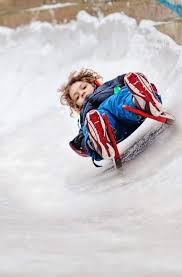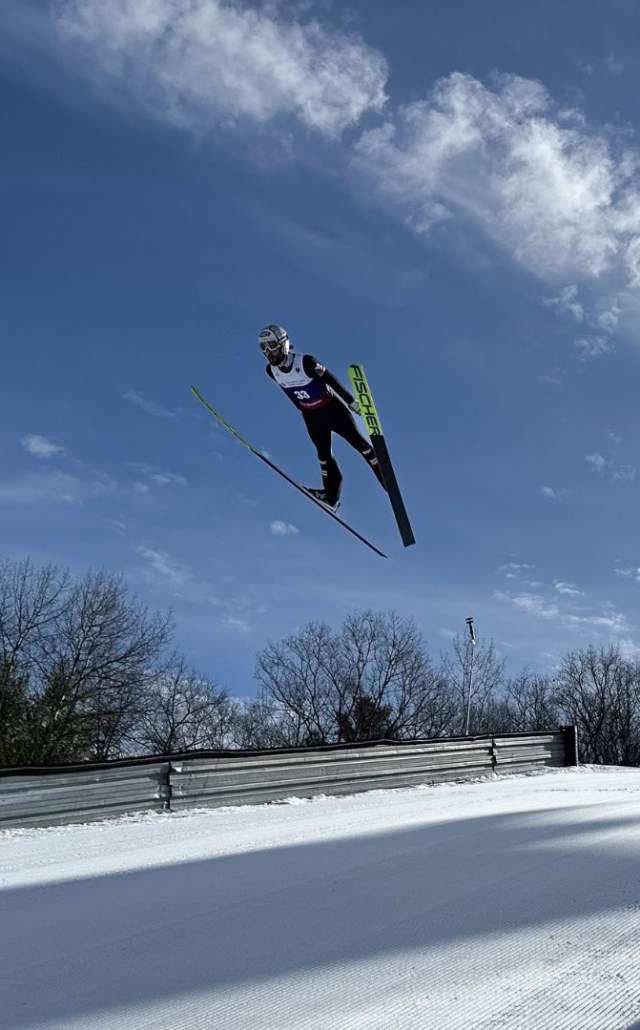Booklet Pane: Ski Jump, Luge, Skeleton (Russia 2014)
Ski Jump, Luge, Skeleton (Russia 2014)
24 January (Russia ) within release Winter Olympic Games 2014 - Sochi - Sports (2014) goes into circulation Booklet Pane Ski Jump, Luge, Skeleton face value 3*25 Russian ruble
Booklet Pane is horizontal format.
Pane from prestige booklet.Also in the issue Winter Olympic Games 2014 - Sochi - Sports (2014):
- Booklet Pane - Biathlon, Bobsleigh, Alpine Skiing face value 3*25;
- Booklet Pane - Curling, Nordic Combined, Cross-Country face value 3*25;
- Booklet Pane - Free Style Skiing, Ice Hockey, Short Track face value 3*25;
- Booklet Pane - Ski Jump, Luge, Skeleton face value 3*25;
- Booklet Pane - Speed Skating, Snowboarding, Figure Skating face value 3*25;
Booklet Pane Ski Jump, Luge, Skeleton it reflects the thematic directions:
A luge /luːʒ/ is a small one- or two-person sled on which one sleds supine (face-up) and feet-first. A luger begins seated, propelling themselves initially from handles on either side of the start ramp, then steers by using the calf muscles to flex the sled's runners or by exerting opposite shoulder pressure to the pod. Racing sleds weigh 21–25 kg (46–55 lb) for singles and 25–30 kg (55–66 lb) for doubles. Luge is also the name of an Olympic sport that employs that sled and technique.
The modern Olympic Games or Olympics (French: Jeux olympiques) are leading international sporting events featuring summer and winter sports competitions in which thousands of athletes from around the world participate in a variety of competitions. The Olympic Games are considered the world's foremost sports competition with more than 200 nations participating. The Olympic Games are held every four years, with the Summer and Winter Games alternating by occurring every four years but two years apart.
Ski jumping is a winter sport in which competitors aim to achieve the farthest jump after sliding down on their skis from a specially designed curved ramp. Along with jump length, competitor's aerial style and other factors also affect the final score. Ski jumping was first contested in Norway in the late 19th century, and later spread through Europe and North America in the early 20th century. Along with cross-country skiing, it constitutes the traditional group of Nordic skiing disciplines.
Sport is a form of physical activity or game. Often competitive and organized, sports use, maintain, or improve physical ability and skills. They also provide enjoyment to participants and, in some cases, entertainment to spectators. Many sports exist, with different participant numbers, some are done by a single person with others being done by hundreds. Most sports take place either in teams or competing as individuals. Some sports allow a "tie" or "draw", in which there is no single winner; others provide tie-breaking methods to ensure one winner. A number of contests may be arranged in a tournament format, producing a champion. Many sports leagues make an annual champion by arranging games in a regular sports season, followed in some cases by playoffs.




